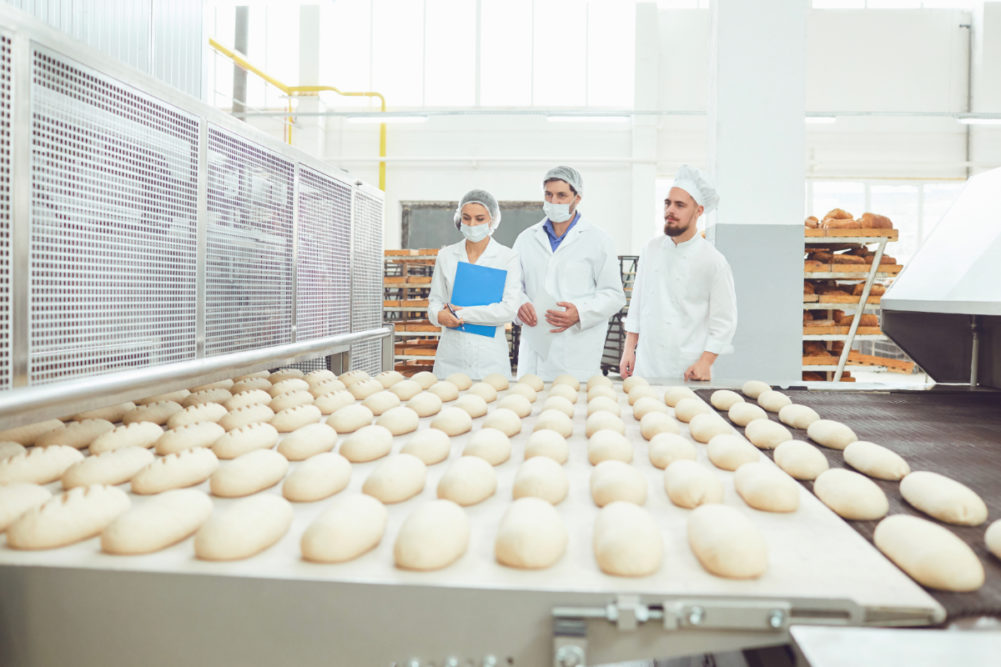While government agencies have provided a wealth of guidance on the coronavirus (COVID-19), answers to many operational questions involve assessing each situation individually.
“I wish there was a one-size-fits-all approach,” noted Martin Hahn, partner with Hogan Lovells, a Washington firm that serves as legal counsel to SNAC International. “Unfortunately, that’s just not the way things are working in this COVID-19 universe.”
Take what to do when an employee tests positive for the virus. In many cases, companies will be working with suspected — not confirmed — infections because test kits are still not readily available.
“This is a when, not if, consideration, and we strongly urge everyone to plan for what they will do when that happens to continue operations,” said Maile G. Hermida, another partner with the firm.
In a recent webcast, she suggested such key steps as informing coworkers who had possible prolonged exposure to the ill employee while protecting the confidentiality of the sick worker. Facilities should contact and follow local and state jurisdictions on any quarantine protocols for workers, especially those who had close contact with the ill employee. On the production floor, food manufacturers should clean all surfaces, not only food contact ones, using EPA-approved sanitizers.
FDA and local jurisdictions will expect the facility to take appropriate action to protect all employees, even closing facilities in an outbreak as has been seen during the past week or two. As a safeguard, many bakeries are now checking each employee’s temperature before they start their shift. Other tests will likely come when available. For those working inside a food facility today, that’s the new normal.





